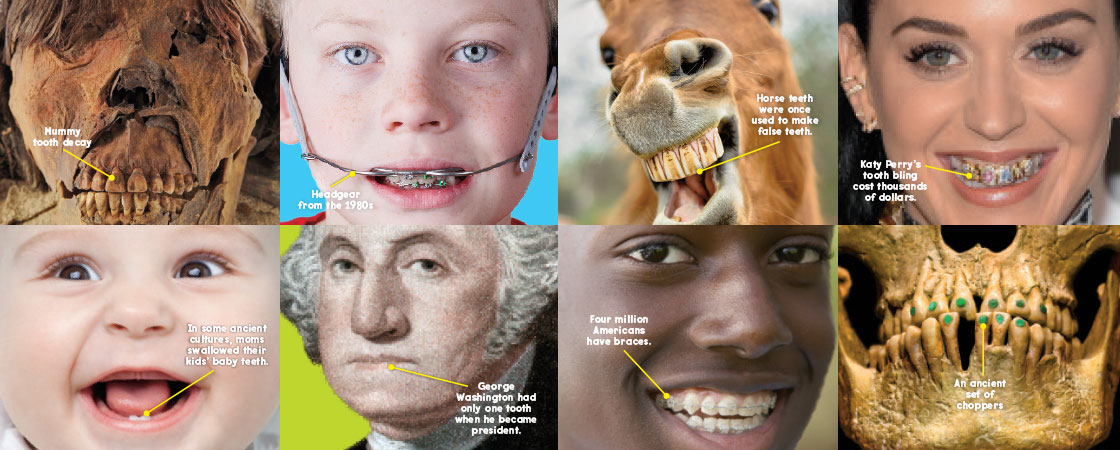How did the mummy die?
This is what researchers wanted to know. They were studying a mummy they called Djed [jed]. The researchers knew she was a woman. They knew she had lived more than 3,000 years ago in Egypt. Based on the paintings on her coffin, they also knew Djed loved music and was married. And somehow, when she was about 30, Djed died.
Had she been bitten by a cobra? Attacked by a crocodile?
After using modern tools to study Djed, they discovered the surprising answer: She died because of a bad tooth.
The experts took X-rays of Djed’s 3,000-year-old jaw. They saw that one of her teeth had never grown in. Over time, the hole in her gum got infected. Today, this infection could easily be cured with medicines called antibiotics. But those did not exist in Djed’s time. Scientists believe Djed’s infection spread into her blood and killed her.
How did the mummy die?
This is what researchers wanted to know. They were studying a mummy. The researchers knew the mummy was a woman. They called her Djed [jed]. They knew she had lived in Egypt more than 3,000 years ago. Djed had paintings on her coffin. These paintings showed that she loved music and was married. Djed died when she was about 30.
Had she been bitten by a cobra? Had she been attacked by a crocodile?
The researchers used modern tools to study Djed. These tools gave them a surprising answer. Djed died because of a bad tooth.
The experts took X-rays of Djed’s 3,000-year-old jaw. They saw that one of her teeth had never grown in. Over time, the hole in her gum got infected. Today, this infection would be easy to cure with medicines called antibiotics. Antibiotics were not around in Djed’s time. Scientists believe Djed’s infection spread into her blood. When it got there, the infection killed her.

